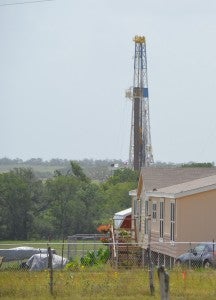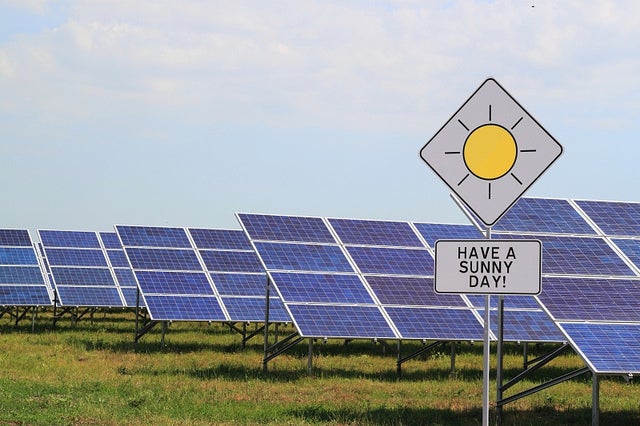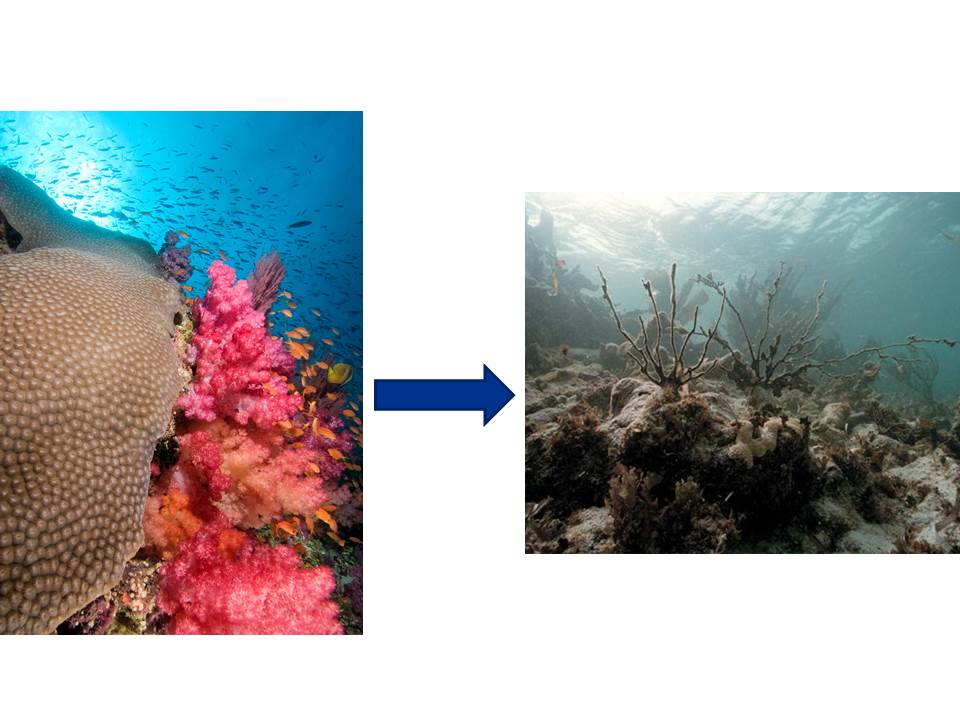A Little-Known Federal Rule Brings Invisible Pollution Into Focus
By Peter Zalzal Legal fellow Jess Portmess also contributed to this post. Unlike an oil spill, most greenhouse gas emissions are invisible to the naked eye. Though we can’t see them, this pollution represents a daily threat to our environment and communities, and it is important to understand the…
Bipartisan Chemical Safety Bill Creates Strong New Protections Against Hidden Health Threats
March 10, 2015
Bi-Partisan Chemical Safety Bill Introduced to Strengthen Protections Against Health Risks
By Richard Denison Richard Denison, Ph.D. , is a Lead Senior Scientist . Environmental Defense Fund issued the following press release in response to today's introduction of The Frank R. Lautenberg Chemical Safety for the 21 st Century Act. We have also prepared an accompanying factsheet…
Latest Mississippi River Delta News: March 10, 2015
Louisiana congressional delegation fights Obama administration proposal to strip off-shore revenue sharing By Bruce Alpert, The Times-Picayune. March 09, 2015 “Graves said Louisiana and other off-shore producing states have paid an environmental price as a result of oil and gas production that…
Here Comes the Sun: How California is Bringing More Renewables to the Grid
By Larissa Koehler Ask most people what the Beatles and California have in common and they might very well be at a loss. However, the answer is pretty simple: they are both unabashed trendsetters in the face of resistance – the former in their musical style and the latter in its clean energy…
Here Comes the Sun: How California is Bringing More Renewables to the Grid
By Larissa Koehler Ask most people what the Beatles and California have in common and they might very well be at a loss. However, the answer is pretty simple: they are both unabashed trendsetters in the face of resistance – the former in their musical style and the latter in its clean energy…
BREAKING: A New Bill to Protect Us from Toxic Chemicals
We can't let this opportunity to fix America's broken chemical safety policy slip by. C4.
North Carolina lawmakers introduce bill to reduce air pollution from natural gas drilling
March 9, 2015
Pennsylvania’s Natural Gas Rulemaking is a Step in the Right Direction
March 9, 2015
Latest Mississippi River Delta News: March 09, 2015
Oil-flushing Mississippi River pulse also boosted coastal wetland production By Jeff Gillies, Environmental Monitor. March 05, 2015 “The baldcypress trees in one patch of Louisiana wetlands thrived following the Deepwater Horizon oil spill, according to a new study. A strategy to release extra…
Latest Mississippi River Delta News: March 6, 2015
Carbon credits could generate $1.6 billion for Louisiana coastal restoration, study says By Mark Schleifstein, The Times-Picayune. March 05, 2015 “Louisiana could earn up to $1.6 billion for coastal restoration projects over the next 50 years by selling credits for storing carbon in wetland plants…
At The Brink: Ocean Tipping Points
By Rod Fujita Healthy Coral in the Gardens of the Queen, Cuba. Photo: Noel Lopez Fernandez Coral reefs seem delicate, but when they are healthy they can take a lot of abuse. I’ve seen corals recover from severe hurricanes and even volcanic eruptions. But coral reefs can also transition suddenly…
A Little-Known Federal Rule Brings Invisible Pollution Into Focus
By Peter Zalzal Legal fellow Jess Portmess also contributed to this post. Unlike an oil spill, most greenhouse gas emissions are invisible to the naked eye. Though we can’t see them, this pollution represents a daily threat to our environment and communities, and it is important to understand the…
Clean Energy Industry is Not Yet Mature – and that’s a Good Thing
By Peter Sopher Last year, global investment in clean, renewable sources of energy grew by a better-than-expected 16 percent to $310 billion, according to Bloomberg New Energy Finance (BNEF). Industry watchers applauded the strong showing, but the numbers imply more than just robust growth. A…
Understanding effects of chemical dispersants on marine wildlife is critical to whale population
By Matthew Phillips, NWF During and after the 2010 BP oil spill, clean-up crews relied heavily on chemical dispersants to break up oil slicks in the Gulf of Mexico. In total, crews used more than 2 million gallons of dispersants, namely Corexit 9500 and 9527, applying them directly to the head of…
Preparing Students for the Future Through Environmental Education
One of the best parts of my job here in the Office of Environmental Education is meeting creative, committed environmental educators- and getting to recognize them for their work. Until March 13, we’re accepting applications for the Presidential Innovation Award for Environmental Educators(PIAEE).…
Advancing Sustainable Development in the United States
By Apple Loveless and Leslie Corcelli A United Nations summit to adopt sustainable development goals will take place this September. Among these is a proposed goal to “ ensure availability and sustainable management of water and sanitation for all,” which expresses global intent to provide…
Introducing Our New Compliance Website
By Marion Herz As chief of staff for EPA’s Office of Compliance, job #1 for me is protecting people’s health and their communities. Our office makes sure everyone plays by the same rules when it comes to the environment. We recently launched our new compliance website to make it easier to stay…
It’s Your Right to Know: The Toxics Release Inventory National Analysis
By Caitlin Briere In order to make the products on which we depend, like pharmaceuticals, clothing, and other manufactured goods, companies across the U.S. use thousands of chemicals in their normal operations. Many of the chemicals necessary to these economic activities are toxic. While most are…
Want Less Cancer from Environmental Causes? Let’s Get Building Codes to Reduce Radon
By Jani Palmer As part of our Indoor Environments Division, my colleagues and I work to reduce people’s exposure to radon, the leading environmental cause of cancer deaths in the U.S. Radon comes from the natural breakdown of uranium in soil, rock and water – where it naturally occurs. Radon…






